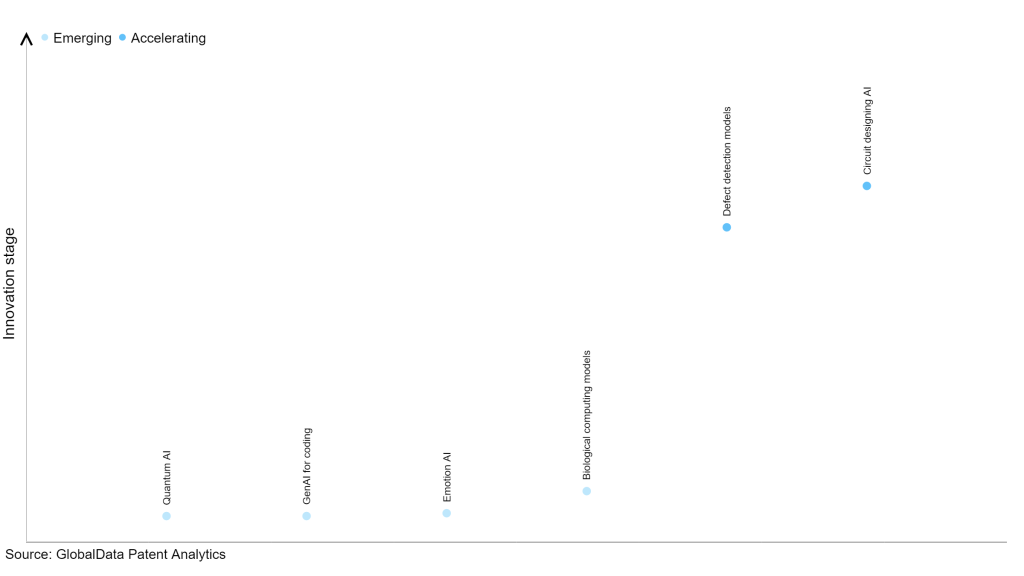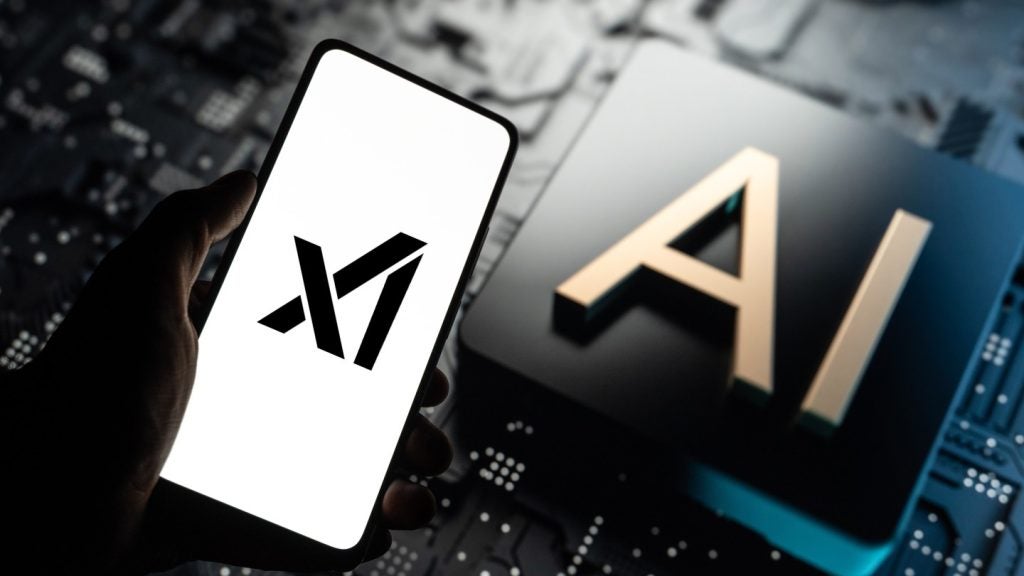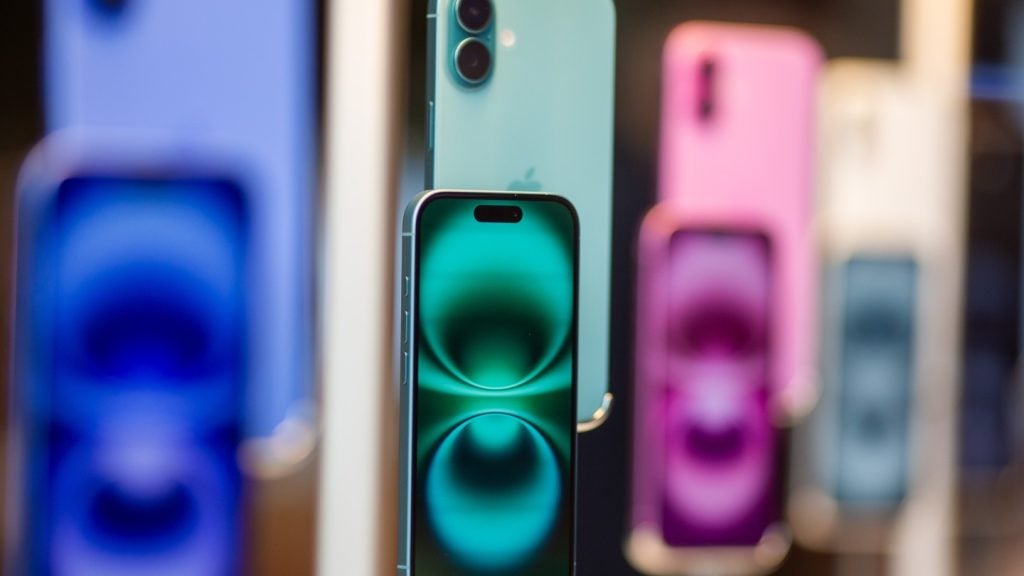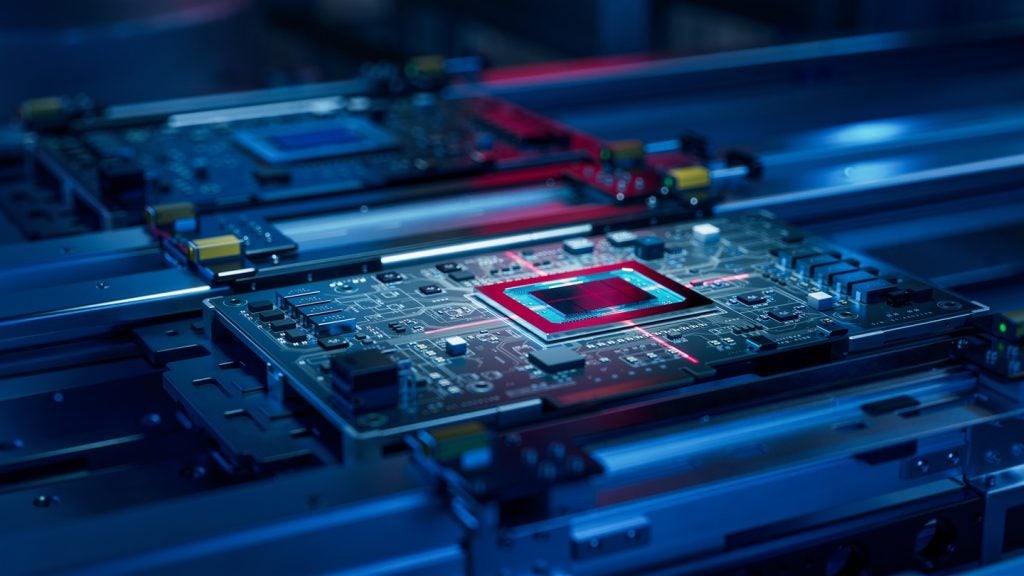The technology industry continues to be a hotbed of patent innovation. Activity is driven by the rapid emergence and widespread adoption of game-changing technologies such as artificial intelligence (AI) and growing importance of technologies such as DNA computing, cellular computing, neural networks, and cellular automata. The convergence of AI and biological computing models, enable researchers to leverage AI techniques and computational models to gain deeper insights into biological systems, accelerate drug discovery and personalized medicine, enhance data availability and integration, and develop innovation solutions in various domains of biological computing. In the last three years alone, there have been over 1.5 million patents filed and granted in the technology industry, according to GlobalData’s report on Artificial intelligence in technology: biological computing models. Buy the report here.
However, not all innovations are equal and nor do they follow a constant upward trend. Instead, their evolution takes the form of an S-shaped curve that reflects their typical lifecycle from early emergence to accelerating adoption, before finally stabilizing and reaching maturity.
Identifying where a particular innovation is on this journey, especially those that are in the emerging and accelerating stages, is essential for understanding their current level of adoption and the likely future trajectory and impact they will have.
185+ innovations will shape the technology industry
According to GlobalData’s Technology Foresights, which plots the S-curve for the technology industry using innovation intensity models built on over 1.6 million patents, there are 185+ innovation areas that will shape the future of the industry.
Within the emerging innovation stage, quantum AI, GenAI for coding and emotion AI are disruptive technologies that are in the early stages of application and should be tracked closely. Biological computing models, defect detection models, and circuit designing AI are some of the accelerating innovation areas, where adoption has been steadily increasing.
Innovation S-curve for artificial intelligence in the technology industry

Biological computing models is a key innovation area in artificial intelligence
Biological computing models are models that employ living organisms, including bacteria, viruses, and cells, to execute computational tasks. These models have diverse applications, such as computing, communication, data storage, and drug administration. Biological computing models frequently involve manipulation of genetic material to create modified organisms capable of carrying out specific functions.
GlobalData’s analysis also uncovers the companies at the forefront of each innovation area and assesses the potential reach and impact of their patenting activity across different applications and geographies. According to GlobalData, there are 75+ companies, spanning technology vendors, established technology companies, and up-and-coming start-ups engaged in the development and application of biological computing models.
Key players in biological computing models – a disruptive innovation in the technology industry
‘Application diversity’ measures the number of applications identified for each patent. It broadly splits companies into either ‘niche’ or ‘diversified’ innovators.
‘Geographic reach’ refers to the number of countries each patent is registered in. It reflects the breadth of geographic application intended, ranging from ‘global’ to ‘local’.
Patent volumes related to biological computing models
| Company | Total patents (2010 - 2022) | Premium intelligence on the world's largest companies |
| Anhui Construction Engineering Group | 1 | Unlock Company Profile |
| State Grid Corporation of China | 6 | Unlock Company Profile |
| Hitachi | 4 | Unlock Company Profile |
| Maxygen | 1 | Unlock Company Profile |
| Politechnika Warszawska | 2 | Unlock Company Profile |
| Nikon | 1 | Unlock Company Profile |
| Nippon Control System | 2 | Unlock Company Profile |
| Freenome | 1 | Unlock Company Profile |
| Hisense Group | 1 | Unlock Company Profile |
| China Energy Engineering Group | 1 | Unlock Company Profile |
| Guangzhou Shiyuan Electronic Technology | 1 | Unlock Company Profile |
| China State Railway Group | 1 | Unlock Company Profile |
| Shenzhen Jingtai Technology | 1 | Unlock Company Profile |
| Shanghai Engineering Center For Microsatellites | 1 | Unlock Company Profile |
| Fujian Longking Environmental Protection Equipment | 2 | Unlock Company Profile |
| Taian Power Supply Company Of State Grid Shandong Electric Power | 1 | Unlock Company Profile |
| Sichuan Yonglian Information Technology | 1 | Unlock Company Profile |
| Guangzhou Xicoo Medical Technology | 1 | Unlock Company Profile |
Source: GlobalData Patent Analytics
D-Wave Quantum is the leading patent filer in biological computing models, followed by Fujitsu and State Grid Corporation of China. Other prominent patent filers in the space include Hitachi and Huawei.
In terms of geographic reach, D-Wave Quantum leads the pack, followed by Fujitsu and Hitachi. In terms of application diversity, Fujitsu holds the top position, followed by State Grid Corporation of China and D-Wave Quantum.
Biological computing models have the potential for highly parallel and energy-efficient computations and the ability to leverage the intrinsic capabilities of living organisms for diverse applications such as healthcare, environmental monitoring and biotechnology. They also have the potential to adapt and evolve over time, making them well-suited for dynamic environments and enabling the development of self-learning and self-optimizing systems.
To further understand how artificial intelligence is disrupting the technology industry, access GlobalData’s latest thematic research report on Artificial Intelligence (AI).
Data Insights
From

The gold standard of business intelligence.
Blending expert knowledge with cutting-edge technology, GlobalData’s unrivalled proprietary data will enable you to decode what’s happening in your market. You can make better informed decisions and gain a future-proof advantage over your competitors.







